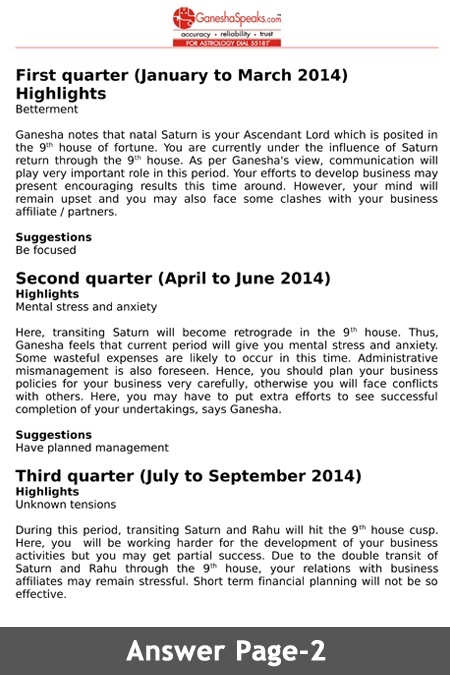Parasaggital Meningioma and Its Treatment Essay - 1585 Words.
Our Main Focus in this paper is in the extraction of Parasagittal Meningioma Tumor in the Brain from images acquired from digital imaging technologies like CT scan, MRI, etc. Tumors in the brain that are adjacent to the convexity dura and the falx and are associated with the superior sagittal sinus are known as Parasagittal Meningioma Tumor.
Parasagittal meningioma. Harvey Williams Cushing and Louise Eisenhardt defined parasagittal meningioma as one that fills the parasagittal angle with no brain tissue between the tumor and superior sagittal sinus.Sometimes, it invade partially or completely the superior sagittal sinus 1). Classification. Parasagittal meningioma classification.
Meningiomas get their name by the location where they arise. There are several types of Meningiomas. Convexity Meningiomas (20%) grow on the surface of the brain and show no symptoms until the tumor reaches a fairly large size. Falx and Parasagittal Meningiomas (25%) grow from the fold that runs between the left and right side of the brain.
Meningiomas originate from arachnoid cap cells, which are distributed along the entire neuroaxis and reflect the wide spectrum of tumor localization. The preoperative classification of meningiomas is based on location of the tumor, primary dural attachment and relationship to neurovascular structures.
Meningiomas are the most frequent primary central nervous system (CNS) tumors. Although approximately 80% of the tumors are slow growing and benign, some subtypes are associated with a less favorable outcome. An adequate classification system aims at providing a tool for estimating recurrence and overall survival of meningioma patients.
The WHO’s classification scheme recognizes 15 variations of meningioma according to their cell type as seen under the microscope. These variations are called meningioma subtypes, and because they can only be seen and therefore identified under a microscope, the technical term for these cell variations is histological subtypes.
Other posts on the site.
We recently evaluated a series of parasagittal meningiomas and detected residual microscopic meningioma growth in the dural resection margins in 41% of “radical” Simpson grade 1 classed operations. 9 The distinction between a recurrence and progressive growth is not of major importance. We cannot be sure whether we are detecting tumor progression or true recurrences.
A meningioma is a type of tumor that develops from the meninges, the membrane that surrounds the brain and spinal cord. Most meningiomas (90 percent) are categorized as benign tumors, with the remaining 10 percent being atypical or malignant. In many cases, benign meningiomas grow slowly. This means that depending upon where it is located, a.
This study is a retrospective review of 75 parasagittal meningiomas operated at our center by the senior author between September 2000 and January 2010. In all the patients included in the study, a total removal of the meningiomas equivalent to Simpson grade I or II and a histopathological diagnosis of the meningiomas with.
Meningiomas are a common type of brain tumor that develops slowly in the meninges, or the area that covers and protects the brain and spinal cord. Most meningiomas are benign and can vary greatly in size and location. Mount Sinai neurosurgeons and specialist teams are skilled at recognizing and treating various types of meningiomas. We oversee.
Symptoms of a convexity meningioma are seizures, focal neurological deficits, or headaches. Falx and Parasagittal meningiomas The falx is a groove that runs between the two sides of the brain (front to back), and contains a large blood vessel (sagittal sinus). Parasagittal tumors lie near or close to the falx.
Meningioma, Parasagittal Symptoms of Meningiomas by Site Meningiomas are benign tumors of the meninges that can compress adjacent brain tissue. Symptoms depend on the tumor’s location. Diagnosis is by MRI with contrast agent. Treatment may include excision, stereotactic radiosurgery, and sometimes radiation therapy.
Falcine Meningiomas: Analysis of the Impact of Radiologic Tumor Extensions and Proposal of a Modified Preoperative Radiologic Classification Scheme Author links open overlay panel Kuntal Kanti Das Jaskaran Singh Gosal Pradeep Sharma Anant Mehrotra Kamlesh Bhaisora Jayesh Sardhara Arun Srivastava Awadhesh Kumar Jaiswal Raj Kumar Sanjay Behari.
















